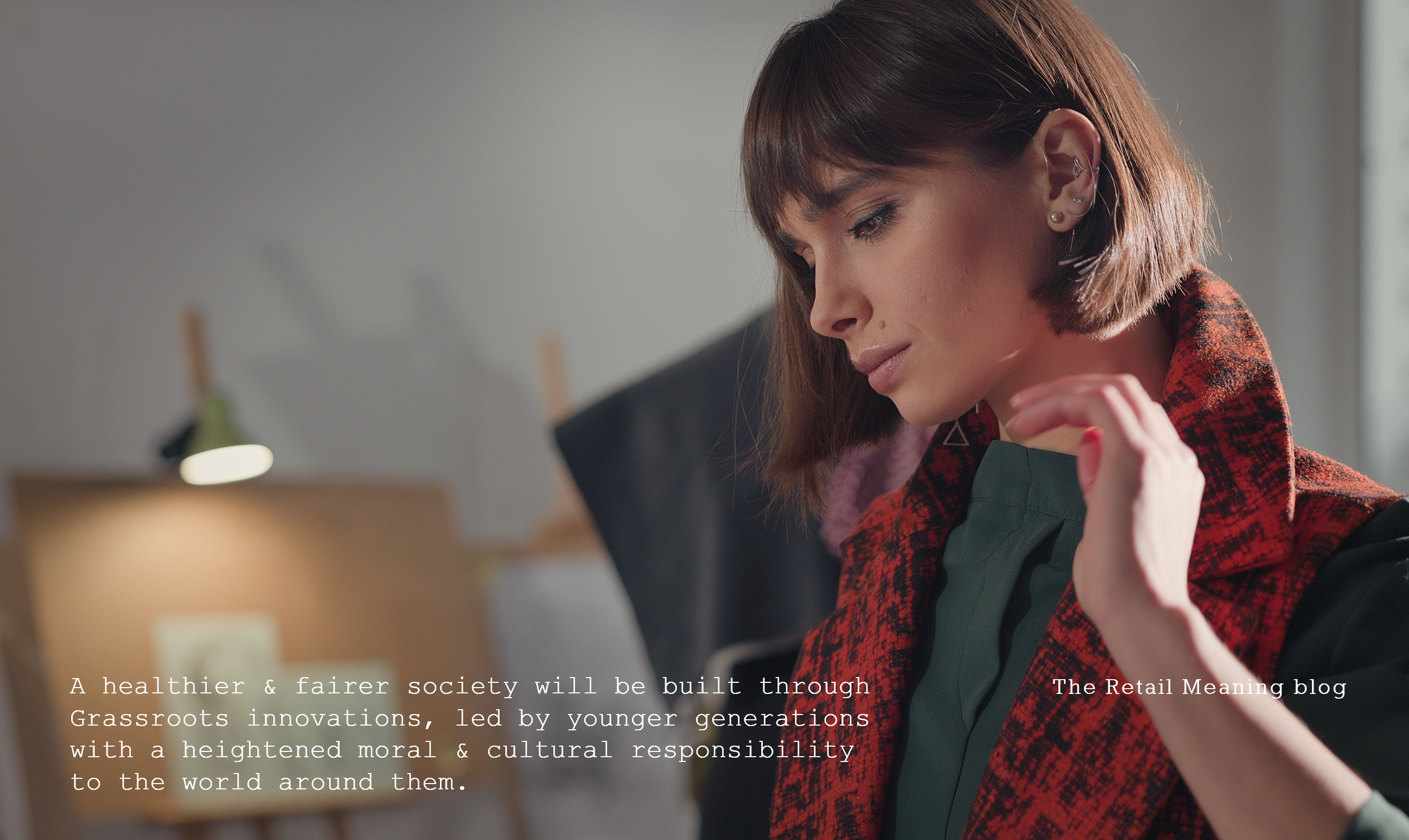I was fortunate enough to attend the recent RSA Patron’s Lecture “Why Social Capital matters” presented by political scientist, Robert D. Putnam.
Social Capital is defined as “the networks of relationships among people who live and work in a particular society, enabling that society to run effectively,’ and the foundation of the discussion was a detailed analysis of the current state of Social Capital in the US, and similar patterns elsewhere.
The research looked at 4 main criteria to asses ‘how healthy our societies are,’ against the last century. The 4 criteria, each assessed through a more complex set of measurements are – political polarisation, economic isolation, social isolation and cultural self-centredness.
The 4 criteria showed almost identical patterns. The conclusion was that our social health, integration, cohesion, fairness and morality is almost at a record low. Only matched by a similar situation a century ago at around 1900. In contrast our social capital was at its highest in the 1950s, declining ever since.
Maybe not a surprise. However the next analysis didn’t dwell of how we got to now, but drew conclusions on how the situation improved dramatically a century ago. What lessons can we learn from our ancestors who began to turn their equally unhealthy society into a cohesive and fair world over the next decades? Can we do the same?
The conclusions were that the pattern could be replicated and that the momentum to improving the ‘health of our society’ would likely come from the same 4 factors.
Improvements will be driven by youth, led by grassroots innovations, embrace a new cultural & moral lead, and be built on community mentality, rather than selfish obsession.
I couldn’t help comparing this research to my own 30 years of experiences in the world of fashion & retailing. Whilst we still exist in our world of low Social Capital worth, there has been a tangible shift in both mind-set and activities over recent years from exploitative best practice to sustainability, circularity and ethical behaviour.
The comparison doesn’t end there. Everyday my LinkedIn and my retail feeds are filled with new grassroots initiatives molding a new fashion industry. Fashion designers, retail start-ups, social entrepreneurs, materials scientists, data scientists, IT specialists, artisans, craftsmen, repairers, resellers, upsellers, recyclers…the list goes on.
This wealth of business initiatives is matched only by the amazing work of educational experts, social group workers, charities, volunteers, mentors, youth & children’s supporters who work tirelessly amongst the grassroots to infuse the new morality of helping those less fortunate than ourselves.
Some are remarkably young, all are young at heart. Sustainability, responsibility and circularity unite then in a goal to create a healthier and better world for all of us. My lecturing at the LCF only reinforces this feeling about tomorrows philanthropic designers and entrepreneurs. They have as much passion about styling, materials, creativity and the enjoyment of fashion as ever, but underpinned by a desire to make things enjoyable and healthier for everyone.
In fact wherever you look, there is evidence of grassroots innovation. In my own area of Kent & Sussex, over half of 18-34 year-olds want to start a business, while almost a fifth (17%) want to start an enterprise to benefit their local community.
Finally, to consider a couple of ‘important points’ from a lecture of ‘important points.’ When the 80 year old professor was asked ‘what is the role of the older generations’ if change is being driven by the youth. He repeated the findings that ‘a healthy society is based on a society where all ages integrate and collaborate.’ And on his own role and those of more advanced age – to convince young people that the world doesn’t have to be like this. It hasn’t always and they have what is needed to make it into what they want it to be.
And on a final ‘important point’ the discussion perhaps uncovered the catalyst. For many of us, it is true that we have lost ‘Our love for the Future!’ It is so easy to do in today’s social climate.
In many ways it is the most important gift of youth. We should all do what we can, as youngsters in body & spirit to advise, support and teach each other to re-discover ‘Our Love for the Future!’
